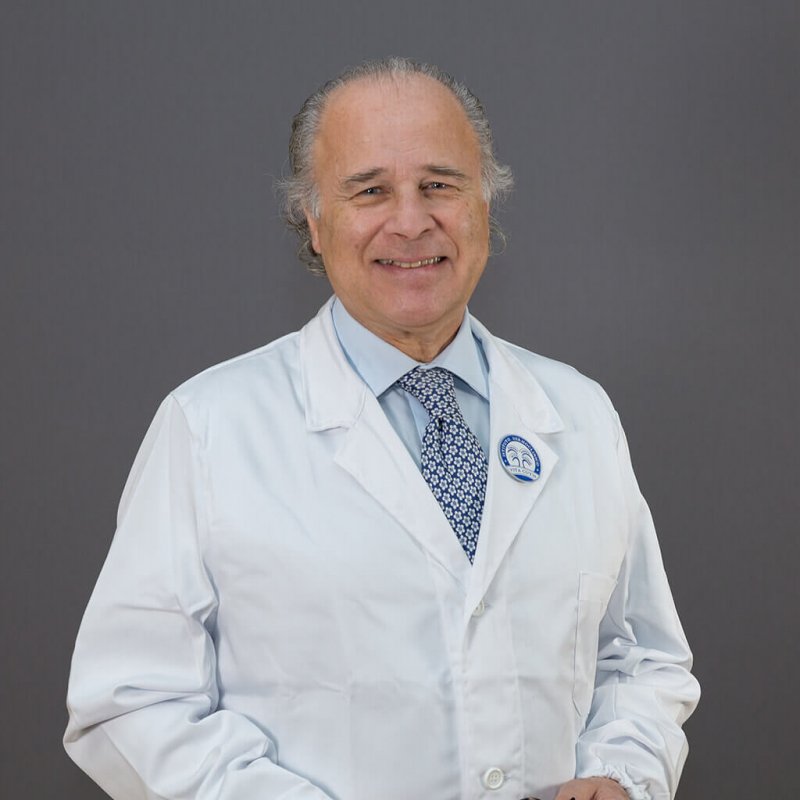Phototherapy: what is it and when to use it

Publication date: 11-04-2021
Updated on: 16-05-2025
Topic: Dermatology
Estimated reading time: 1 min
Article Author
Elena Buonanno
Medical Editor
Antonino Di Pietro
Editor and Translator
Viktoryia LuhakovaIt mimics positive effects of the sun on our skin. Phototherapy is a medical method that, through the use of ultraviolet rays, is able to artificially reproduce sunlight and effectively solve numerous dermatological diseases. However, it must be performed by specialized doctors. We talked through this methodology with Professor Antonino Di Pietro, founder and director of the Vita-Cutis Dermoclinic Institute at the wellness clinic Palazzo della Salute.
What is phototherapy?
“It comes from the Greek 'light therapy', phototherapy is a method that exploits the benefits of a sunlight, known since ancient times for treatment of certain skin pathologies.
This method is based on use of special lamps capable of emitting ultraviolet rays (electromagnetic radiation present in the sunlight), commonly called the UV rays. Emission occurs in focused or narrow bands, making sure that the rays have desired wavelength, thus avoiding further (unnecessary and harmful) irradiation.
To preserve skin health, the treatment involves usage of type B ultraviolet rays (UVB), those responsible for tanning. Unlike type A rays, which are able to reach the deepest layer of the skin (dermis), UVB stops on the superficial one and, therefore, creates less damage to the skin,” explains Professor Di Pietro.
In what cases phototherapy is useful?
Considering many positive effects on the skin, over the years phototherapy has been widely used in the dermatological field for the treatment of numerous ailments and pathologies. Let's see the main ones.
Eczema
It is a non-contagious inflammatory skin reaction characterized by the presence of bumps or blisters, peeling, itching and redness. There are many types of eczema.
The most common triggering causes are:
- environmental factors: allergic reactions due to contact with certain substances (dust mites, drugs etc.), it can also occur after exposure to irritants or be caused by some bacterial or fungal infections;
- genetic factors: eczema seems to be recurrent in the family;
- stress.
The anti-inflammatory effect of the phototherapy allows to control the spread of the disease. It is particularly indicated for severe chronic eczema (which symptoms persist for months or even years).
Topical dermatitis
It is an inflammation of the skin that occurs with sudden formation of dry, itchy skin and red blistering patches on:
- hands,
- feet,
- wrists,
- ankles,
- face,
- neck,
- chest,
- inner surface of the elbows,
- back of the knees.
The causes of the disorder are not known, but the problem is thought to be linked to a strong hereditary component. Topical dermatitis often affects children, but if predisposed the disorder can recur even in the adulthood. As with eczema, the phototherapy treatment gives good results thanks to its anti-inflammatory effect.
Acne
Acne is an inflammation of the sebaceous glands which manifests itself through pimples, papules, pustules and blackheads on the face or body. It is common in teenagers but can also affect adults.
In this case, phototherapy helps by relieving inflammation, promoting skin healing and stimulating the immune system to counteract the onset of these infections.
Vitiligo
It is a chronic skin disease that causes appearance of light patches on the skin, where the physiological coloring is completely lacking. The use of narrow band UVB rays only on the light areas reduces the color contrast and makes the spots less visible.
Psoriasis
Psoriasis is an inflammatory skin disease caused by the overproduction of keratinocytes or cells of the epidermis that synthesize keratin (protein from which our hair and nails consist of). High amount of these cells leads to the formation of bright red plaques covered with whitish scales. This disease alternates acute phases with submissive ones.
Thanks to the immunomodulatory and anti-inflammatory effects due to exposure to ultraviolet rays, phototherapy allows to regulate the formation of keratinocytes.
In the last twenty years, this method had been added to the psoriasis treatments list, alongside with topical and systemic therapies.
Mycosis fungoides
It is the most common form of cutaneous T cell lymphoma (skin cancer). Mycosis fungoides usually occurs in the form of dark patches that can remain asymptomatic for years and eventually can cause incessant itching and redness.
During phototherapy session, ultraviolet rays affect cancer cells and stimulate a renewal of skin tissues.
What happens during a session?
Professor Di Pietro explains:
“Before starting with the phototherapy sessions, the specialist carries out a dermatological examination in order to:
- evaluate one’s medical history;
- analyze the phototype (classification of the skin based on the quality and quantity of melanin);
- confirm type of the skin disorder, it’s location and spread.
Irradiation of UV rays takes place inside a cabin equipped with electronically monitored lamps and lasts about 10 minutes.
Depending on the pathology, treatment requires 2-3 sessions per week on non-consecutive days. Number of sessions necessary to achieve visible results is defined by the specialist on the basis of the type of pathology, its severity and the phototype of the person”.
Contraindications
“It is a safe method, as long as it is carried out by an expert and with certified equipment. Before undergoing the treatment it is advisable to consult a specialist, who will investigate any other pathologies associated with the dermatological disease and will evaluate whether to prescribe additional examinations to define if there any contraindications.
During the phototherapy treatment it is also necessary to avoid taking drugs that increase photosensitivity, to limit exposure to the sun and use of tanning beds, not to apply perfumed creams, ointments and moisturizing lotions, unless they are indicated by the doctor,” concludes the specialist.